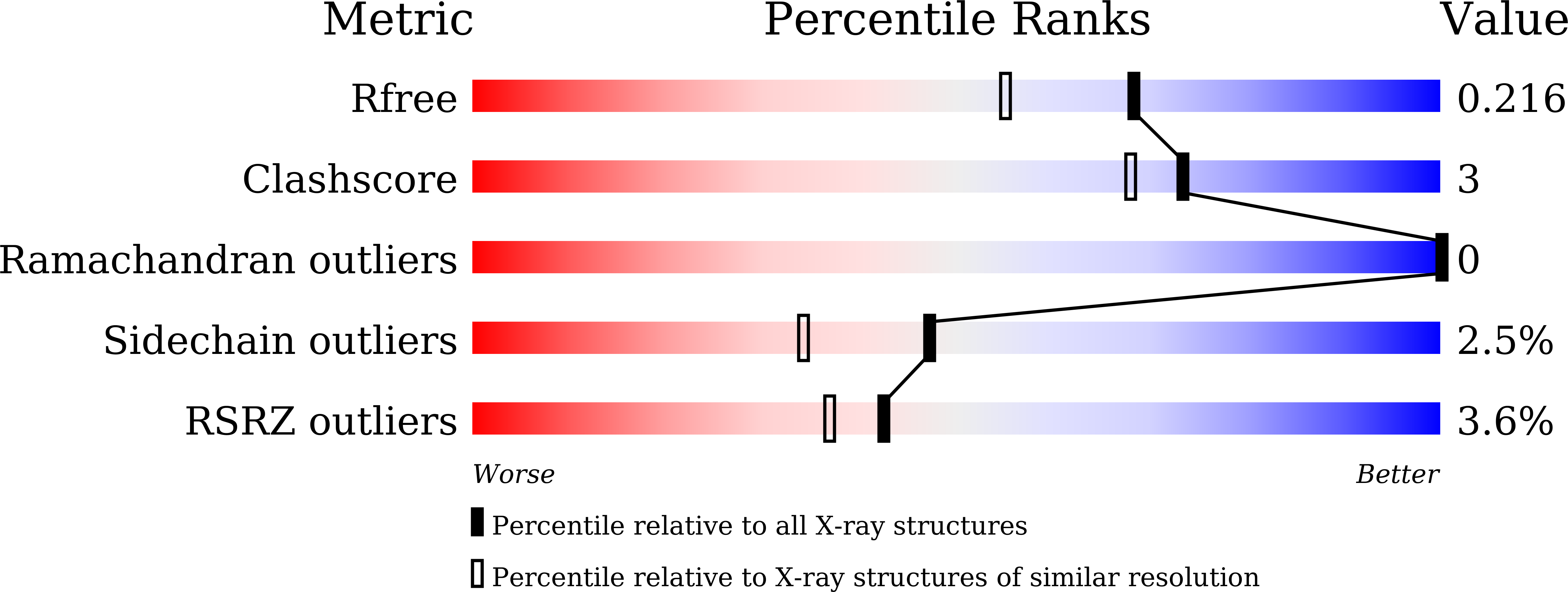
Deposition Date
2022-05-20
Release Date
2023-06-14
Last Version Date
2024-05-08
Method Details:
Experimental Method:
Resolution:
1.80 Å
R-Value Free:
0.21
R-Value Work:
0.19
R-Value Observed:
0.19
Space Group:
P 41 21 2


